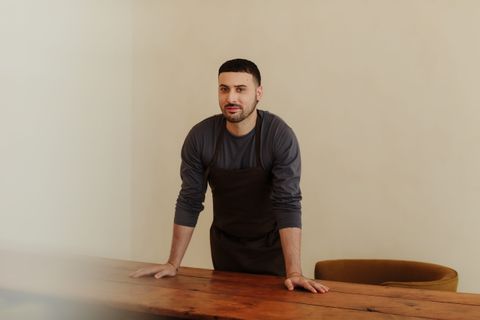
Chef Mirko Febbrile
WHAT DOES ITALY’S heel-of-the-boot region, Puglia, have in common with Singapore? Answer: Mirko Febbrile.
A long-time resident of Singapore, this Puglian-born chef has found inspired ways to reinterpret cucina povera, the humble, soulful fare of southern Italy, and elevate it to something entirely his own.
In just a decade, Febbrile has created two distinct dining concepts—Somma and Fico—that pay homage to his roots, stretching from Singapore’s tranquil eastern coastline to its newest dining enclave in the heart of town.
“I wanted to bring in the authenticity, warmth and heartfelt hospitality of Puglia to Singapore,” says the chef-owner of Fico—a Michelin Bib Gourmand-listed restaurant—and Somma, his newest fine-dining destination.
Fico takes its cue from Puglia’s rustic masserias (farmhouses) reimagined through a Singapore lens. Soft cream interiors, terracotta tiles, and natural-wood tables dotted with a generous bounty of lemons and upturned bunches of dried garlic evoke the languid charm of southern Italy. Dining spills out onto a bougainvillea-framed terrace, overlooking the endless sweep of the Singapore Strait.
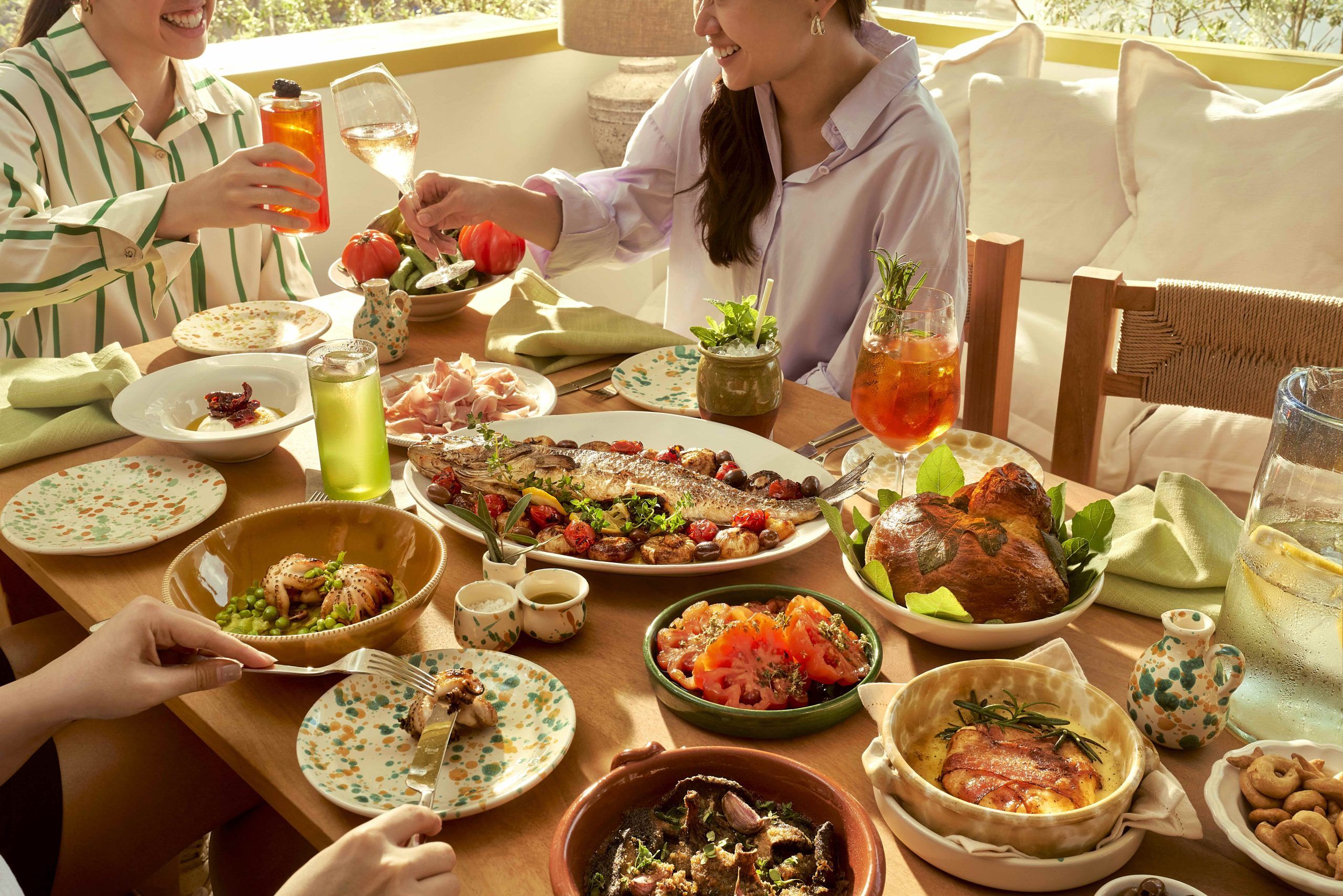
Communal Puglian dining at Fico | Courtesy of Fico
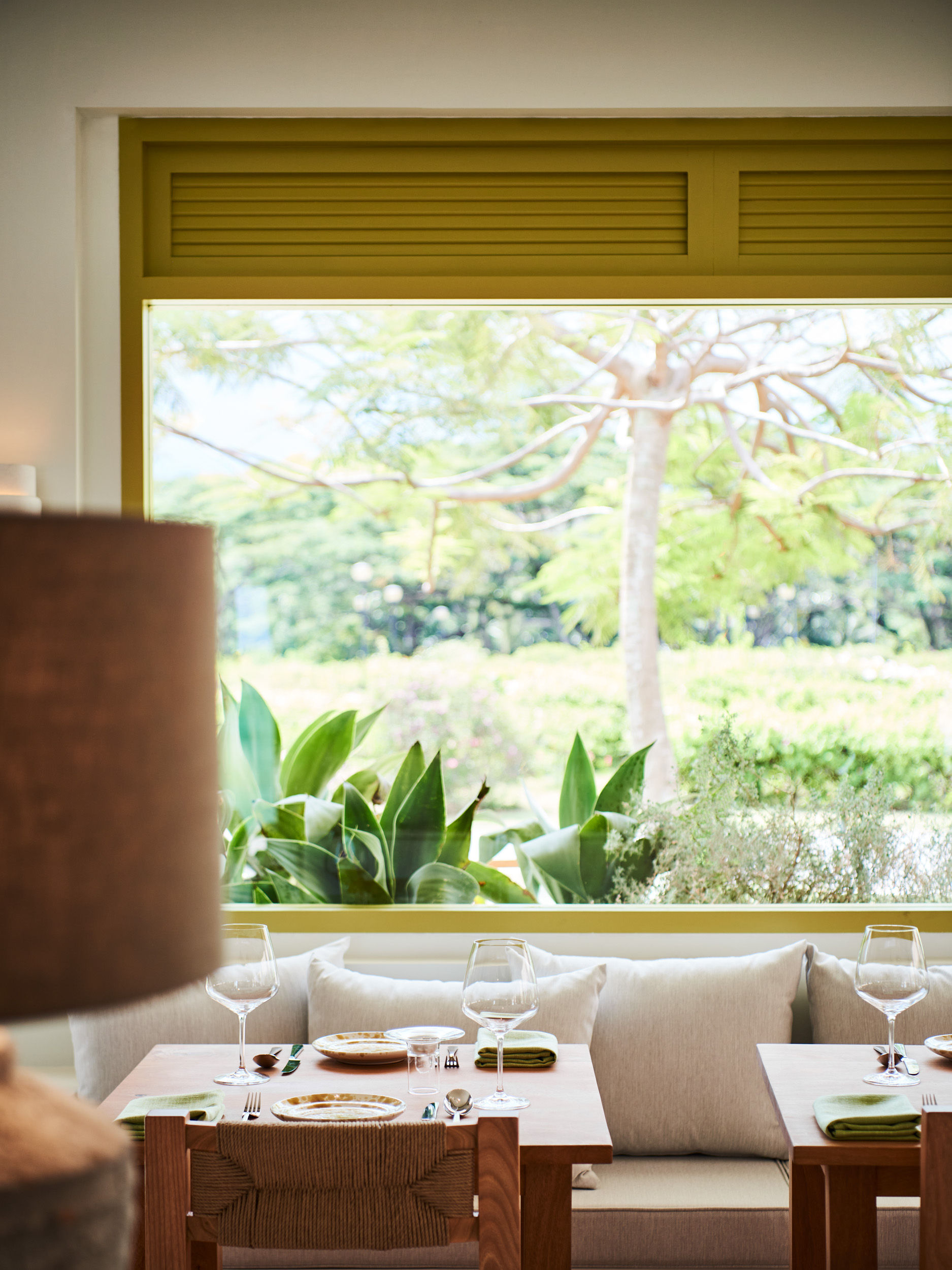
Fico is inspired by Puglian masserias or farmhouses | Courtesy of Fico
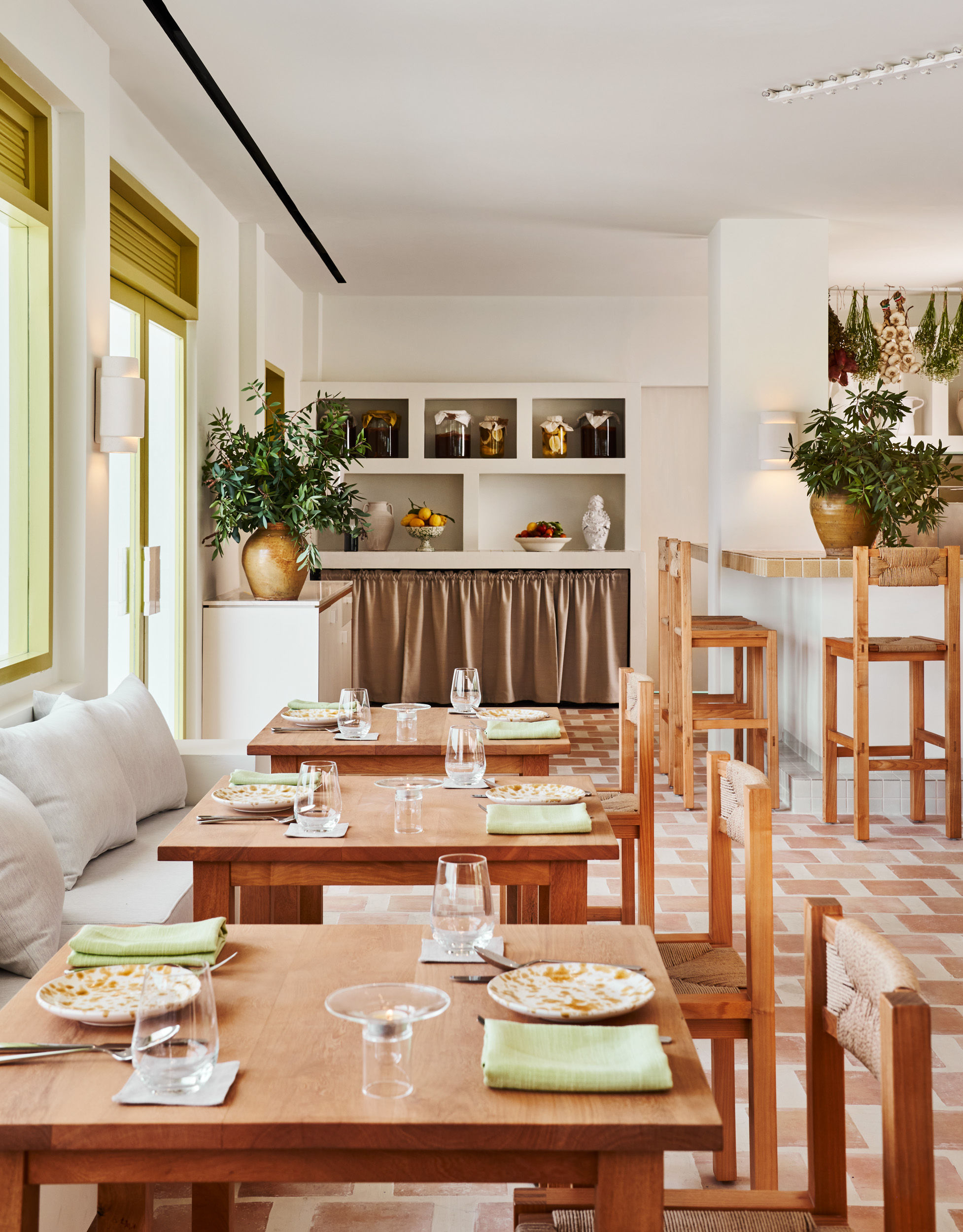
Fico’s rustic aesthetic | Courtesy of Fico
Febbrile’s Puglian touches are subtle and pervasive. On ceramic plates created by fellow Puglian artisan Nicola Fasano, he serves focaccina, a pizza-meets-focaccia bread, dotted with sweet Acquaviva red onions and blue cheese. The medley of handmade pastas includes a decadent lobster pasta tossed in silky San Marzano tomato lobster bisque, as well as orecchiette, the Pugliese signature pasta shaped by generations of nonnas from Bari. A roving dessert trolley and a well-curated wine list feature wines from Puglia and surrounding regions, add to the conviviality.
“The reason I created Fico is because I was missing the food that my mother cooks, things I can find in my region,” Febbrile recalls. The longing first surfaced at the now-closed Braci in Boat Quay, where, as chef de cuisine, he helped the restaurant earn a Michelin star within the year. His culinary influences spanned Asia and Italy, and Puglia influences emerged.
That nostalgia evolved into Somma, a profoundly personal canvas of Mirko’s memories of home and experiences across Asia. Where Fico is relaxed and familiar, Somma is refined, introspective and unabashedly creative.

Somma restaurant | Courtesy of Somma
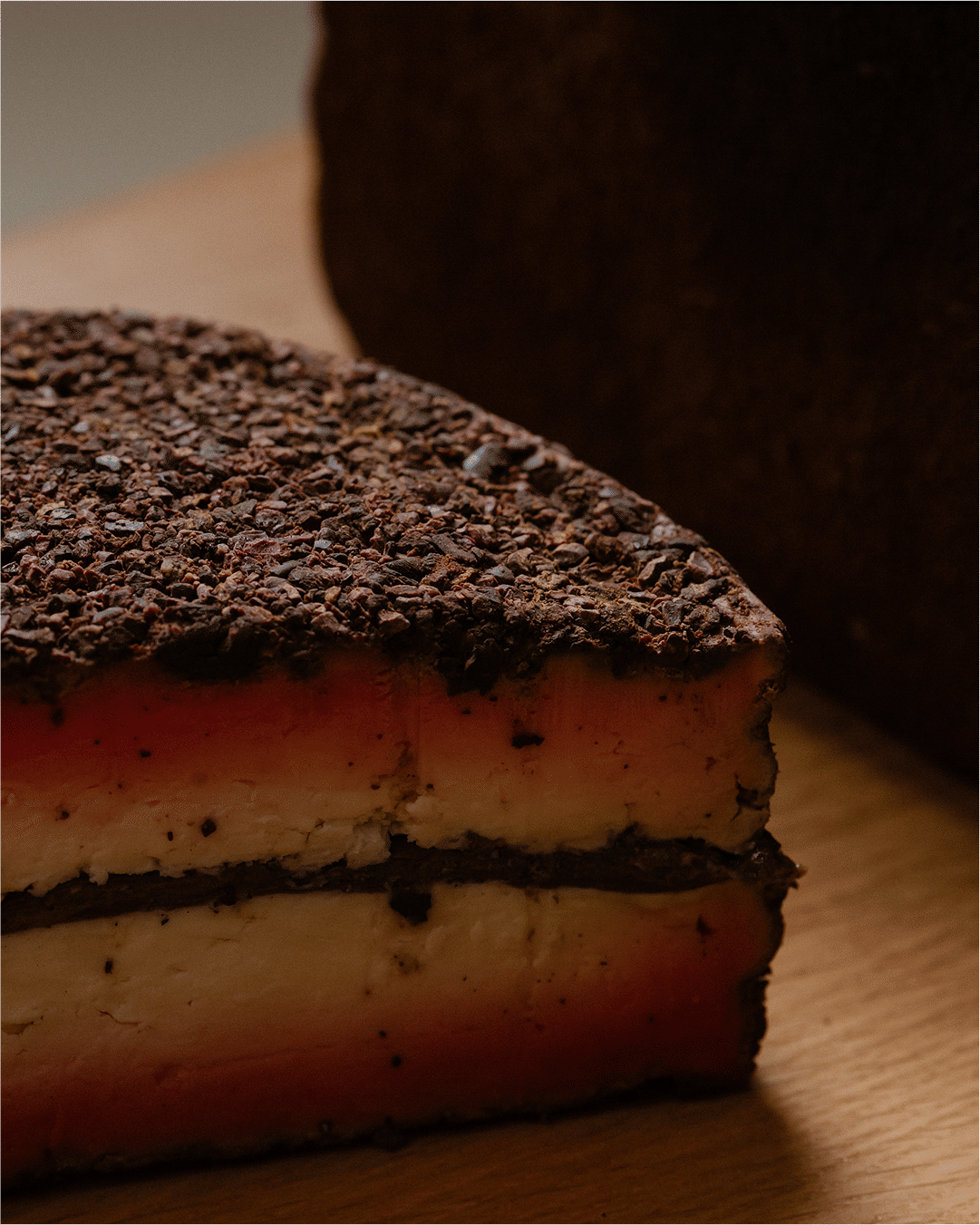
The Cheese Experience at Somma | Courtesy of Somma

Counter seating at Bar Somma | Courtesy of Somma

Evening at Bar Somma | Courtesy of Somma
He calls Somma—Italian for ‘sum’—the third part of his Singapore journey. “It’s how I imagined the essence of Puglia in a creative way,” he explains. “I wanted to create an experience rooted in memory; something no one else could replicate, anywhere, because it’s a reflection of who I am.”
Febbrile’s creative impact runs through every detail: from the ochre-tiled feature wall to the custom-designed staff attire. The new menu, Vendemmia, reimagines Puglian and Asian flavors, in dishes like Murasaki uni, where the Japanese sea urchin rests on a base of almond milk chawanamushi-style pudding infused with Amalfi lemon and served with a takoyaki-style Italian baba cake flavored with San Marzano purée.
Dining at Somma is an immersive experience—think interactive station tastings, table-side unraveling of eggplant baked in clay and a one-of-a-kind, wine-paired cheese course hosted inside the wine cellar.
The Puglian wave may have Febbrile’s stamp on it, but others around town are also championing Italy’s regional cuisines. At Forma in Joo Chiat, chef Lee Yum Hwa hand-rolls pastas that trace Italy’s diverse map, from Campania’s buttery Linguine al Limone, brightened with the sweet tang of Amalfi lemons, to Sicilian Spaghetti c’anciova e muddica with anchovies and breadcrumbs.
 Somma restaurant | Courtesy of Somma
Somma restaurant | Courtesy of Somma
“Italian cuisine isn’t a single narrative, but a collection of identities shaped by geography, history, and the people behind it,” says Febbrile. “And in a place like Singapore, where curiosity for culture and craft is high, it’s an opportunity to celebrate that complexity.”
At 34, the dynamic chef continues to shape the city’s evolving dining landscape. Here he shares his favorite Italian haunts in Singapore, where regionality is on full display, and his go-to spots where he draws his creative inspiration.
Mirko Febbrile’s Favorite Things in Singapore
 Image credits: Anthony Lim (L) and Yoav Aziz (R)
Image credits: Anthony Lim (L) and Yoav Aziz (R)
Singapore restaurants that celebrate Italian regionality
La Bottega Enoteca, whose pasta con le sarde is absolutely delicious. Benfatto (private kitchen), where Lee Yum Hwa’s precision in pasta-making captures the same spirit of regional honesty and craftsmanship that defines Italy’s southern tables. He does an excellent job celebrating pasta traditions across Italy, and his Sardinian-style Su Filindeu and tortellini are a must try! And Torno Subito by Massimo Bottura captures the playful, coastal spirit of Italy’s Riviera, while occasionally dipping into southern flavours.
Favorite hawker food
Probably char kway teow, that perfect chaos of flavours and textures. The first time I tried it, I remember being struck by how something so humble could be so layered: sweet soy, smoky wok hei, the soft rice noodles against the crunch of beansprouts. It reminded me of Puglia’s food: nothing fancy, just technique, balance, and heart.
Favourite neighborhood for an authentic Singapore dining experience
Joo Chiat. It feels real, full of family-run spots, colorful shophouses, and places that still cook with memory. There’s this raw honesty in the food there, whether it’s Peranakan dishes or Teochew porridge, you can taste the generations behind it. It reminds me of Sunday markets back home, where food and family were never separate things.
Things he always recommends visitors do in Singapore
I always tell people: don’t just see the city, taste it. Start with a hawker breakfast—kopi and kaya toast—then go for a walk through Tiong Bahru and Little India. Visit the wet markets early in the morning; that’s where you see the real heartbeat of the city, aunties bargaining, the smell of pandan and dry food stalls. And at night, take a slow walk along East Coast Park with a plate of satay. It’s in these small, uncurated moments that Singapore reveals itself.
Top tip for Singapore travel
Plan your day around the heat, not the clock. Mornings here are crisp and full of movement. Perfect for exploring markets, architecture, or the Botanic Gardens before the humidity thickens. By noon, slow down. Singapore isn’t a city to rush through; it’s one to navigate with intention. Stay near the MRT and walk, you’ll see how neighborhoods change every few blocks, from steel-and-glass precision to heartland calm.
Favorite cocktail spot in the city
Backdrop at Voco Hotel. It’s got this quiet charm, dim lights, good music, and bartenders who know when to talk and when just to let you breathe. The drinks are simple, well-balanced, and comforting, the kind that don’t need a story or smoke to impress you.
Lede image courtesy of Mirko Febbrile.
Note:
The information in this article is accurate as of the date of publication.
We may earn an affiliate commission when you shop through links on our site.
Written By
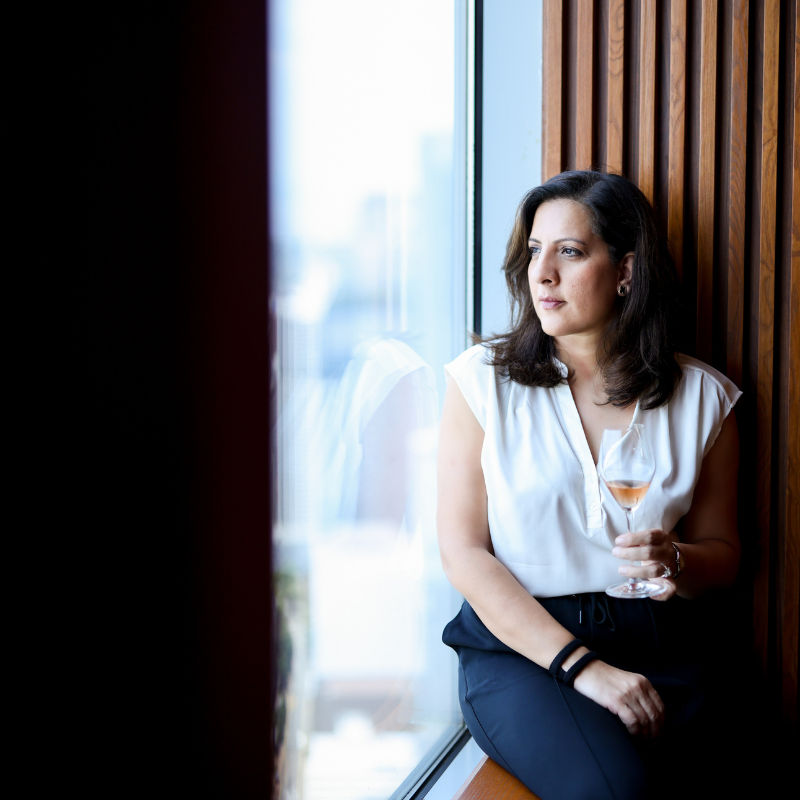
Nimmi Malhotra
Nimmi is a Singapore-based wine and drinks writer, judge and editor who’s lived in five countries across ..Read MoreAsia-Pacific. Her family’s vineyard in Mornington Peninsula, Australia, piqued her interest in wine and led her to pursue wine studies culminating in a WSET Diploma. Read Less

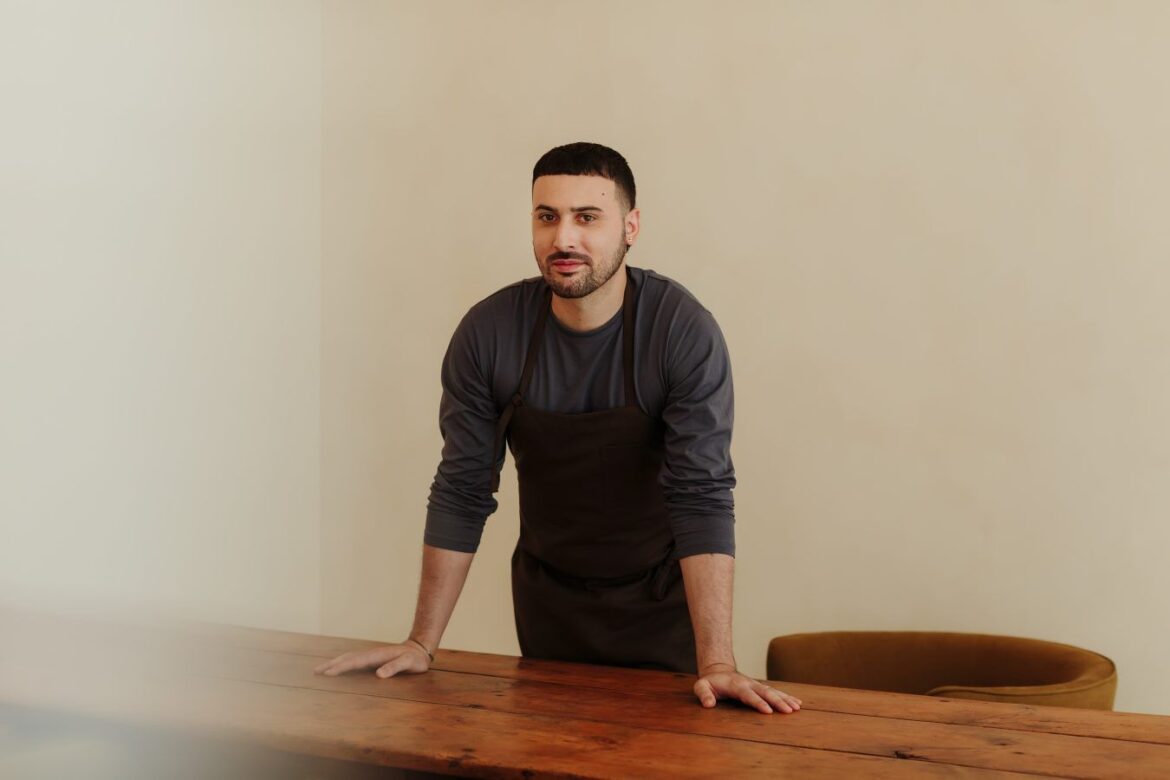
Dining and Cooking